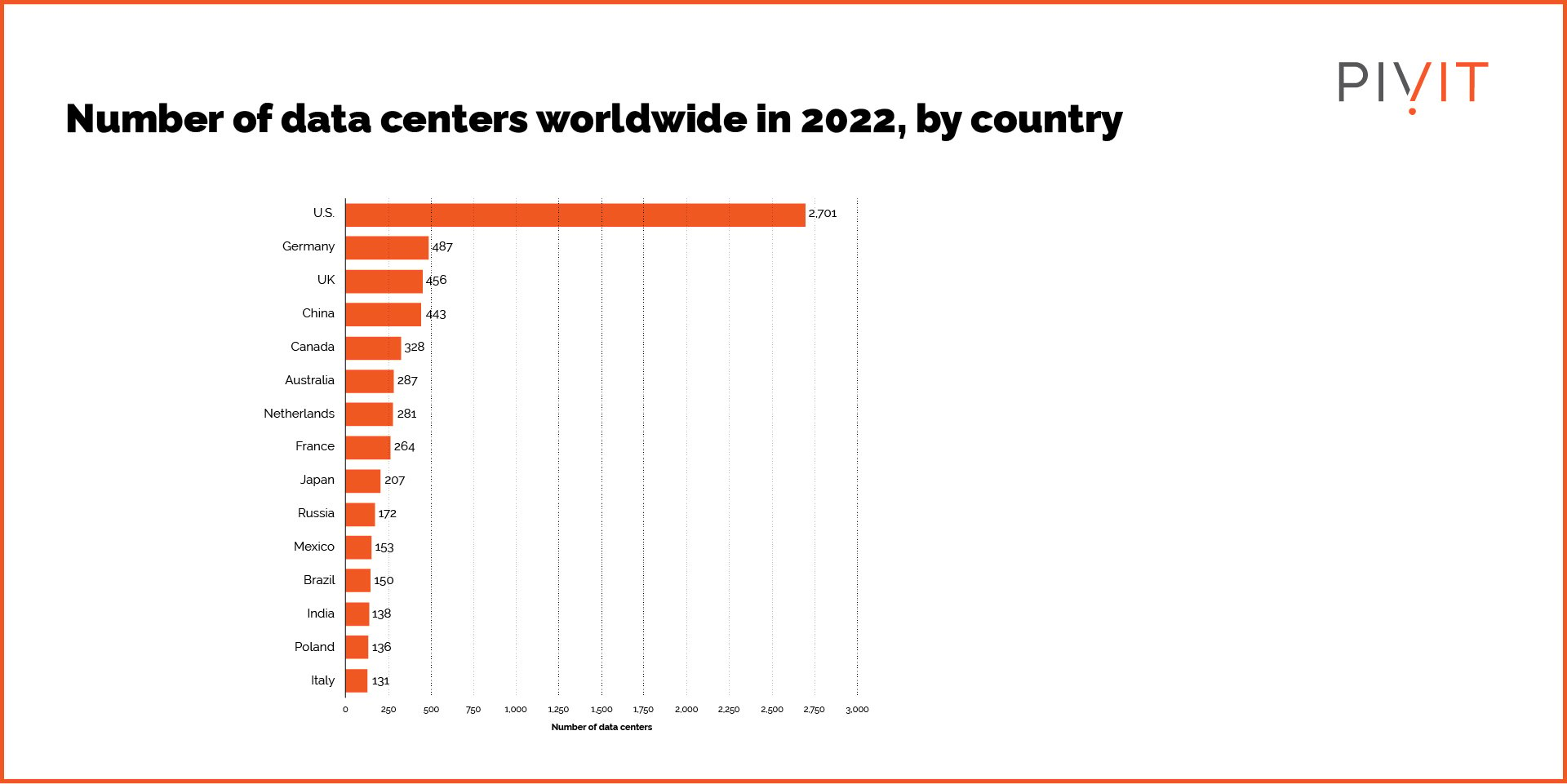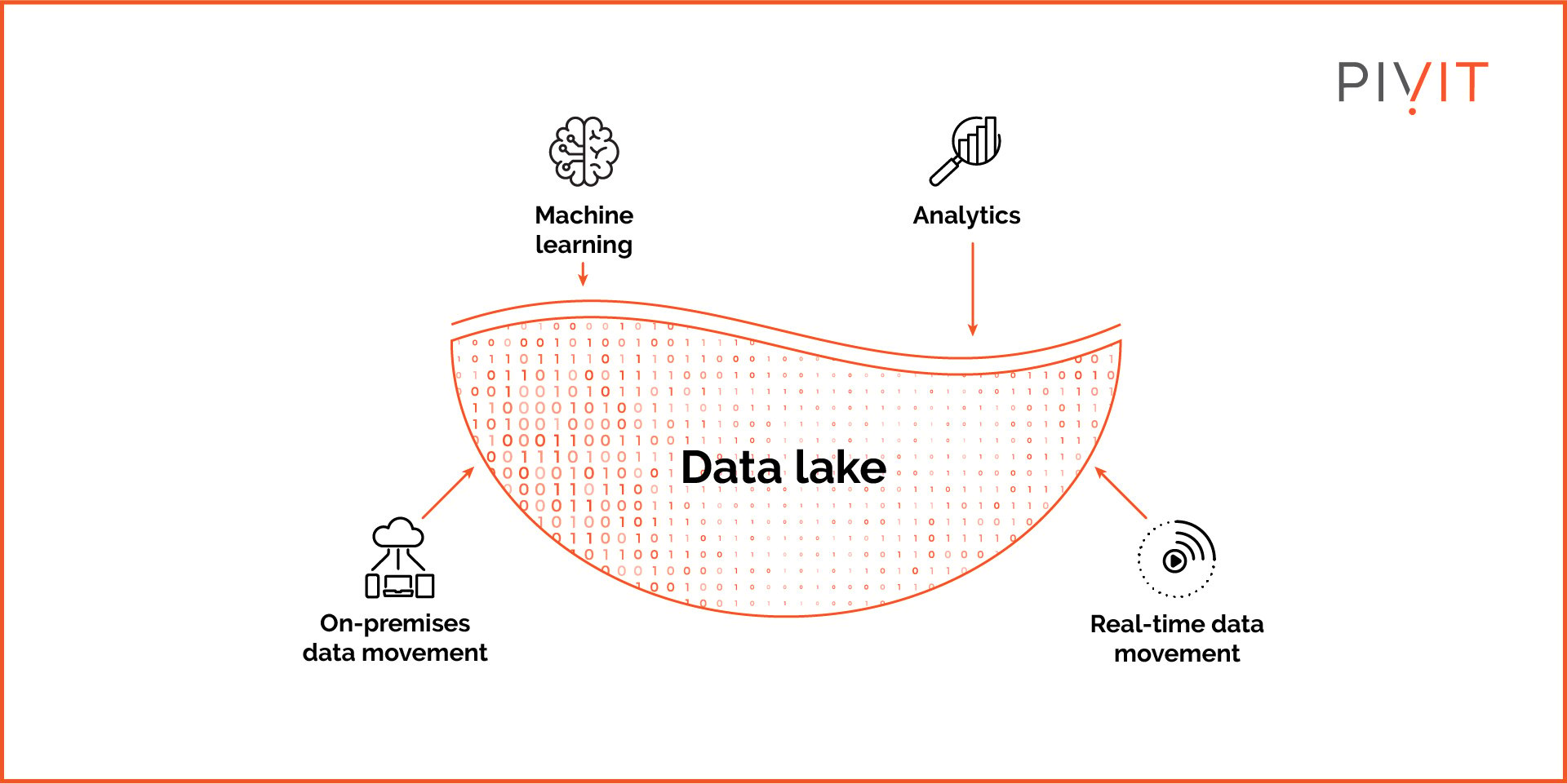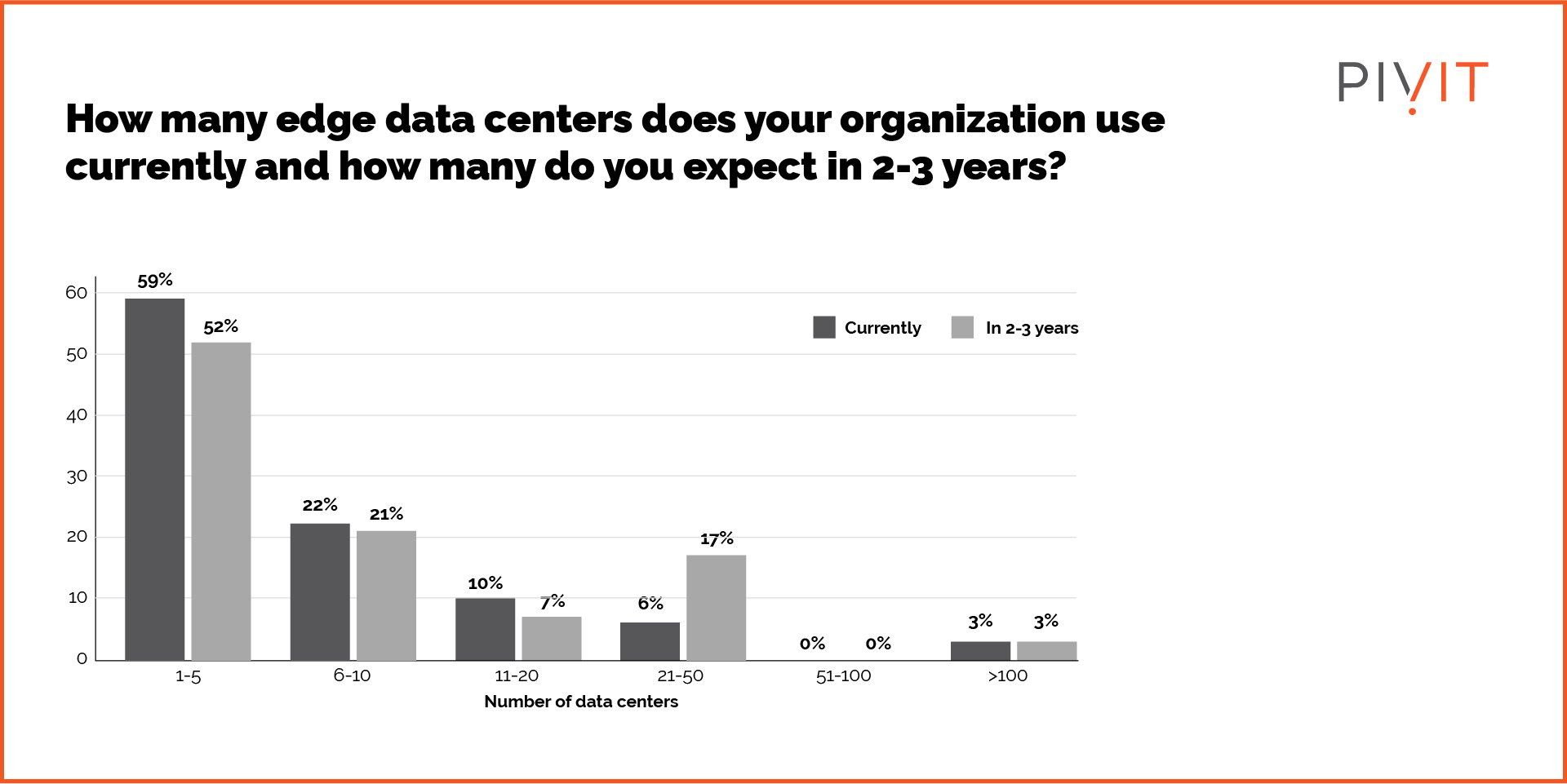Dependable, Scalable Solutions for Growing Data Demands
%20Dependable%20Scalable%20Solutions%20for%20Growing%20Data%20Demands.png)
An estimated 97 zettabytes of data were created worldwide in 2022. To put that number in perspective, one zettabyte roughly equals a billion terabytes. The world is producing more data than ever before.
From billions of global sales records of a multinational pharmaceutical company to the millions of pages of text written by university students – all that data has to live somewhere. Data centers are feeling the brunt of increasing data demands.
Pilling on racks of servers or arrays won’t cut it anymore, nor do many data centers have the resources or space to keep expanding. Employing efficient, scalable solutions is the only viable way to meet modern data storage demands.
This article discusses some of the most reliable and practical solutions enterprises can implement to store even more data efficiently and cost-effectively.
Demand for Data Centers Is Increasing
With cloud adoption at its peak, the demand for data centers is growing exponentially. The number of data centers worldwide has crossed 8,000, with over 2,700 in the U.S.

(Data source: Statista - Data Centers Worldwide by Country)
Various technical, social, and environmental factors are resulting in the need for more space for processing and storing data. But enterprises, particularly bigger ones with large facilities under their control, are finding it increasingly difficult to expand existing data centers and create new ones.
On top of that, legislation targeting the carbon footprint of data centers is also adding to the complexity, as companies must construct and operate data centers according to environmental standards. Singapore, which recently ended its moratorium on data centers, has set new criteria for data centers in the city-state and requires them to be energy-efficient.
Data-Intense Workloads
The evolution of technology is arguably the biggest driver of data production. Population increase paired with wide Internet penetration also adds more users to the landscape. However, technologies like artificial intelligence and the Internet of Things (IoT) that rely on data and computing are asking the most of data centers.
AI models are trained on data that, as you can guess, comes from data centers. As more advanced models are developed, they must be trained on newer, recent data. With AI workloads, the data center demand in terms of power consumption is expected to climb to 35 GW by 2030.
The Impact of Big Data
Big data and its increased usage across industries also contribute to the growing demand for more data centers. 24% of companies use big data for analytics, and over 97% are investing in it.
Empowered with more advanced data analytical tools, particularly those leveraging AI, businesses can collect, save, and process data across the spectrum. Whether using the cloud or on-premise, such companies are experiencing growth in their data storage requirements.
A Checklist for Reliable and Scalable Data Storage Solutions
Before we discuss some solutions for storing and processing more data, it’s important to know what makes them dependable. Here’s a checklist of characteristics data solutions should possess:
- Robustness: A robust data storage solution can handle errors and recover quickly without losing data.
- Flexibility: The system should be flexible enough to accommodate different application requirements. Not all applications may require the same level of performance, so it should adjust throughput accordingly. Similarly, you should be able to store various data types and formats.
- Scalability: The ability to scale, ideally at speed, is crucial, especially for data centers that witness spikes in traffic regularly.
- Security: Any data storage solution should undertake measures to ensure foolproof security.
- Cost-effectiveness: The data storage solution should ideally be good value for money with minimal operational costs.
- Energy-efficiency: The hardware used must be energy-efficient to ensure that an increase in data doesn’t dramatically increase the data center’s carbon footprint.
Solutions to Handle and Store Even More Data
Data centers need solutions that check the characteristics listed above. Here are four such solutions that are already witnessing rapid adoption across data centers worldwide:
Software-Defined Storage
Modern data demands call for efficient storage solutions, which can be hard to achieve with bare metal servers and arrays. Software-defined storage (SDS) leverages virtualization to maximize the use of physical storage. An SDS solution can act in conjunction with a hypervisor to abstract data.
More importantly, the SDS approach decouples many storage-related tasks from the hardware layer. The software can handle duplication, thin provisioning, and backup operations. As a result, there’s more flexibility and improved scalability.
SDS solutions also help keep costs down by optimizing physical storage infrastructure. It also reduces the manual efforts required to manage storage.
The SDS market is expected to reach $30 billion by 2030.
Data Lakes
Data lakes are centralized storage repositories that can store both structured and unstructured data at scale. They are more useful for the latter as they can store raw, unprocessed data, unlike traditional databases that require sorting data. As a result, data lakes can store a wide range of data types in high volumes.

Data lakes make an efficient solution for storing big data. As it leverages distributed storage, it allows for massive horizontal scaling, where data can easily be distributed across several servers.
Another advantage of utilizing data lakes is that such storage architecture saves processing time and resources. It frees up computing resources for more analytical tasks.
All-Flash Storage
Many enterprises have adopted all-flash storage for their data center because of their energy and space efficiency. The newer NAND flash-based solid state drives (SSDs) use fewer watts than hard disk drives (HDDs). Similarly, they also require less cooling than HDDs, as they generate less heat.
Data centers handling compute-intense workloads may also benefit from the performance edge of flash storage. Flash memory reads and writes data faster because there are no moving parts. This can dramatically improve the performance of applications.
Flash storage on a scale as massive as data centers can be costlier than HDDs, but the cost gap has reduced significantly over the years. It’s an investment with energy savings that can pay off in the long run.
Edge Computing
While not necessarily a data storage solution, edge computing can distribute the processing load of servers by moving some computing operations nearer to the data source. It essentially decentralizes data processing and improves speed.
Edge computing can be beneficial for data centers accommodating applications such as IoT.

(Data source: Uptime Institute)
Privacy and security must be considered when creating edge data centers. When handling critical data, edge data centers must have the same level of security to ensure compliance with applicable regulations.
This kind of data distribution can enhance the handling, processing, and storing of huge amounts of data, making it a viable solution for enterprises with a global presence.
Moving with the Times
It’s becoming imperative for data centers to adopt efficient ways to entertain increasing data. While more data could mean more revenue, it’s not without its challenges. The answer lies in reliable solutions that are cost-effective and sustainable, ensuring data centers continue to grow without compromising on quality or creating unchecked emissions.
Energy-efficient storage equipment can play a pivotal role in managing the growth of data centers. Learn how PivIT can help you procure the latest storage offerings from major brands to prepare your data center for future data demands!

